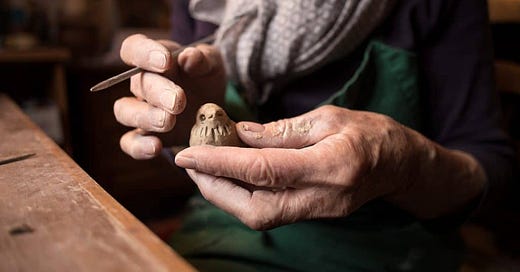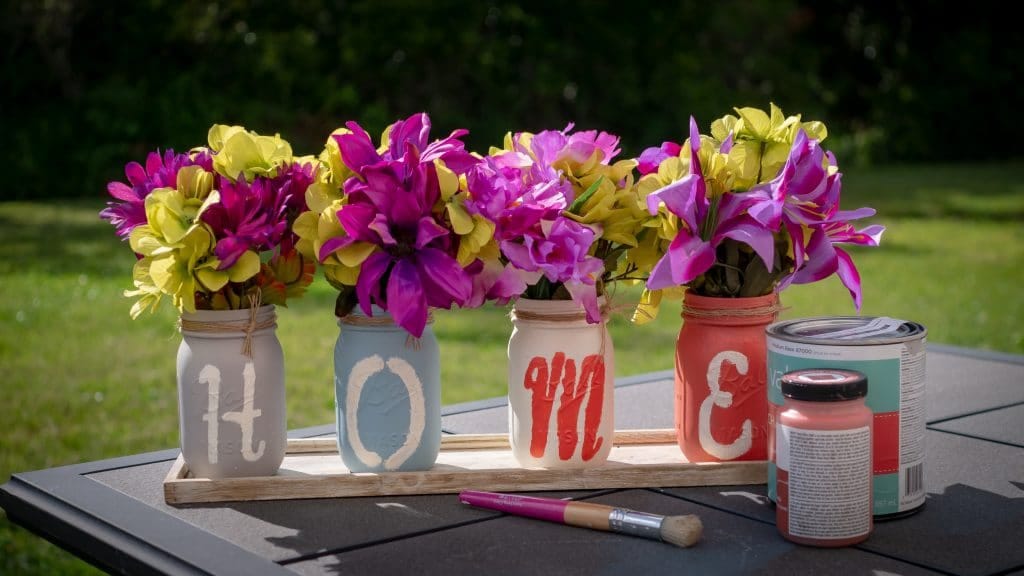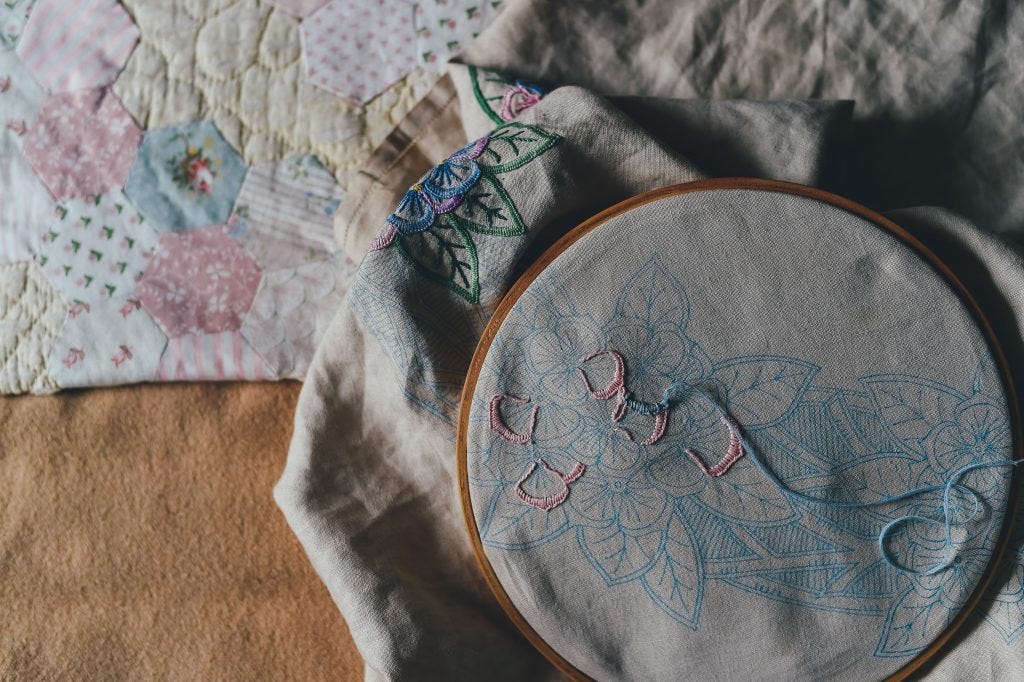7 Health Benefits of Crafting for People with Age-Related Memory Loss
Crochet for Late-Stage Alzheimer's and protective benefits of crafting for the brain
This article originally appeared on the PsychCentral blog Crafting to Heal.
When I did the research for my book, Crochet Saved My Life, one of the things that I learned about was how crochet could help people in various stages of age-related memory loss. A recent article about art therapy in a Chicago senior community shows that any type of craft can offer similar benefits.
Crochet for Late-Stage Alzheimer’s
My research found that crochet has the potential to help prevent age-related memory loss including dementia and Alzheimer’s. The research is too new to say that for sure, but there are hopeful signs. Moreover, it can serve as a protective factor for people in early stages of the disease. That means it may slow down the progression of memory loss. Furthermore, it can help to combat the symptoms suffered by people with late-stage Alzheimer’s.
For example, one of the symptoms that people struggle with is restless fidgeting. I wrote in Crochet Saved My Life,
“One clear benefit of crochet is that if a person with Alzheimer’s can do the stitches then it will help to keep the hands and mind busy. Many of the sources that I read about working with Alzheimer’s patients mentioned the problem of “agitated hands”. The Alzheimer’s patient gets restless and fidgets and this is likely a sign of internal distress. It can also be dangerous because those idle fidgeting hands may get into trouble that the individual doesn’t even realize is trouble until something disastrous has happened. Oftentimes Alzheimer’s patients will go rummaging through things, which is fine unless what they’re rummaging in is dangerous. Sometimes they will start to pick at their own skin. Keeping the hands busy with something like crochet helps maintain the safety of the individual and anyone else in the home.”
Crochet, or any craft that occupies the minds and hands, can help channel that fidgeting energy.
Additional Benefits of Crafting for Age-Related Memory Loss
Of course, fidgeting is just one problematic symptom of age-related memory loss. In an article in the Chicago Tribune, writer Bill Lowe shares about an arts and crafts program for seniors. He cites the following additional benefits of crafting for people with age-related memory loss:
1. Reduces Anxiety
People living with memory loss often experience anxiety. After all, gaps in memory and feeling fuzzy about what’s happening around you are frightening things. Hands-on crafts help soothe the mind and reduce the symptoms of anxiety.
2. Offers Self-Expression
People who have age-related memory loss often lose their ability to fully communicate with others. This can feel like losing the self. Crafting offers an opportunity for self-expression. Creating something gives people a voice again.
3. Evokes Memories
People who struggle with memory loss may be comforted by the positive memories that they do have. Many older people enjoyed crafting when they were young. Returning to those same crafts evokes those positive memories. Lowe writes,
“For example, residents in CMSS’ embroidery group have all enjoyed embroidering throughout their lives. In this group, they can reconnect with a meaningful practice, which often provides a sense of comfort and self-assurance.”
4. Provides Community
People with memory loss need to stay connected to others around them. Of course, this is challenging when you have trouble remembering things. Oftentimes memory loss leads to depression or anxiety, which can cause people to isolate themselves. Crafting in a group provides a safe space for connecting with others.
5. Mindfulness
When you can’t rely on your memory, it helps to focus on the present. Mindfulness practice allows people to be content in the moment. Crafting provides an opportunity for practicing a hands-on form of mindfulness, attending directly to the details in the craft.
6. Purpose
Anyone living with chronic illness, especially something degenerative such as age-related memory loss, may begin to feel purposeless. Crafting for others can offer purpose, reminding the person that they still have the ability to give to people.
Tips for Crafting through Age-Related Memory Loss
Of course, crafting doesn’t always come easily to people with age-related memory loss. They may not quite be able to remember how to do a craft they once enjoyed. They may learn a new craft only to have forgotten it by the next time a new craft group meets. Regardless, they can still reap the benefits of simple craft projects. Working with easy techniques, following straightforward instructions, and beginning with a guided project (instead of a blank slate) will all help facilitate crafting for people struggling with these issues.
From Crochet Saved My Life:
In her book 100 Simple Things You Can Do To Prevent Alzheimer’s and Age-Related Memory Loss, author Jean Carper offers steps that you can take as you get older that are believed to have some effect on preventing age-related memory loss. They fall into four categories:
Keep your brain active and engaged. It is imperative that you keep your brain thinking and one of the key ways to do this is to introduce new things into your life on a regular basis, filling your leisure time with brain-stimulating activities.
Regularly engage in the right amount of physical activity. It seems to be very important for older people to get steady amounts of aerobic exercise. They must also engage in muscle-building, stretching and balance-maintaining exercises.
Proper diet. There is always a lot of controversy around what the proper diet is for anyone and there is no exception when it comes to Alzheimer’s prevention but eating properly (whatever that is determined to be) seems to be a key part of the deal.
Proper emotional self-care. It has been found to be critical to Alzheimer’s prevention that the individual takes steps to be social, feel engaged with others, reduce depression and stress and feel like an active part of the community.
Crochet can come into play in both the first and fourth criteria. I explain this in detail in Crochet Saved My Life.
If you read this far, perhaps you liked the work. The work does take work. It only continues with support, so please consider subscribing. My annual rate starts at $10 per year.












I recently purchased a few macrame books, as my mother made us take a class when we were in elementary school. I still have the macrame Santa I made in that class about 45 years ago, and it is currently hanging on the Christmas tree in my media room. Yes, my tree is still up! HHH🎅🏻 (That is the Santa version of lol) 😂